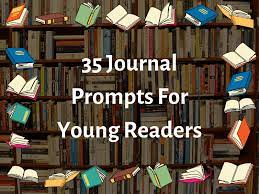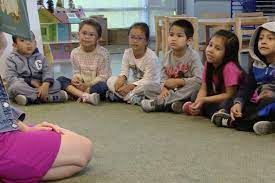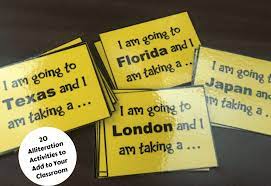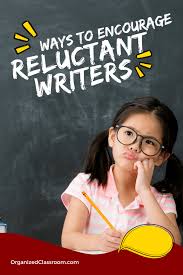Introduction
Poetry has a unique way of speaking to our hearts and souls, which is why it remains a timeless art form. For sixth graders, reading and reciting poetry can broaden their horizons and help them develop a love for literature. Here, we have compiled a list of 35 of our favorite poems that are perfect for 6th graders to explore.
1. “If” by Rudyard Kipling
2. “The Road Not Taken” by Robert Frost
3. “Stopping by Woods on a Snowy Evening” by Robert Frost
4. “Casey at the Bat” by Ernest Lawrence Thayer
5. “Jabberwocky” by Lewis Carroll
6. “Paul Revere’s Ride” by Henry Wadsworth Longfellow
7. “A Dream Deferred” by Langston Hughes
8. “Hope is the Thing with Feathers” by Emily Dickinson
9. “Phenomenal Woman” by Maya Angelou
10. “Annabel Lee” by Edgar Allan Poe
11. “Where the Sidewalk Ends” by Shel Silverstein
12. “The Tyger” by William Blake
13. “O Captain! My Captain!” by Walt Whitman
14. “Invictus” by William Ernest Henley
15. “Shall I Compare Thee to a Summer’s Day?” (Sonnet 18) by William Shakespeare
16. “The Midnight Ride of Paul Revere” by Henry Wadsworth Longfellow
17. “Mother to Son” by Langston Hughes
18. “Do Not Go Gentle into That Good Night” by Dylan Thomas
19. “I Wandered Lonely as a Cloud (Daffodils)” by William Wordsworth
20. “Grassy Grass Grass” by Ken Nesbitt
21. “The Charge of the Light Brigade” by Alfred, Lord Tennyson
22. “Fog” by Carl Sandburg
23. “Little Red Riding Hood and the Wolf” by Roald Dahl
24. “Sarah Cynthia Sylvia Stout Would Not Take the Garbage Out” by Shel Silverstein
25. “The Owl and the Pussycat” by Edward Lear
26. “Acquainted with the Night” by Robert Frost
27. “Trees” by Joyce Kilmer
28. “The Raven” by Edgar Allan Poe
29. “Mending Wall” by Robert Frost
30. “To a Mouse, On Turning her up in her Nest with the Plough, November 1785.” by Robert Burns
31. “A Bird Came Down the Walk” by Emily Dickinson
32. “Still I Rise” by Maya Angelou
33. “The New Colossus” by Emma Lazarus
34. “Dreams” by Langston Hughes
35. “When You are Old” by William Butler Yeats
Conclusion
These poems, full of enchanting language, powerful emotions, and timeless messages, can spark a love for poetry in young adults and help them better understand the world around them. By reading and discussing these poems, 6th-grade students will not only expand their vocabulary and critical thinking skills but also begin to develop their own unique voice and style in writing.











